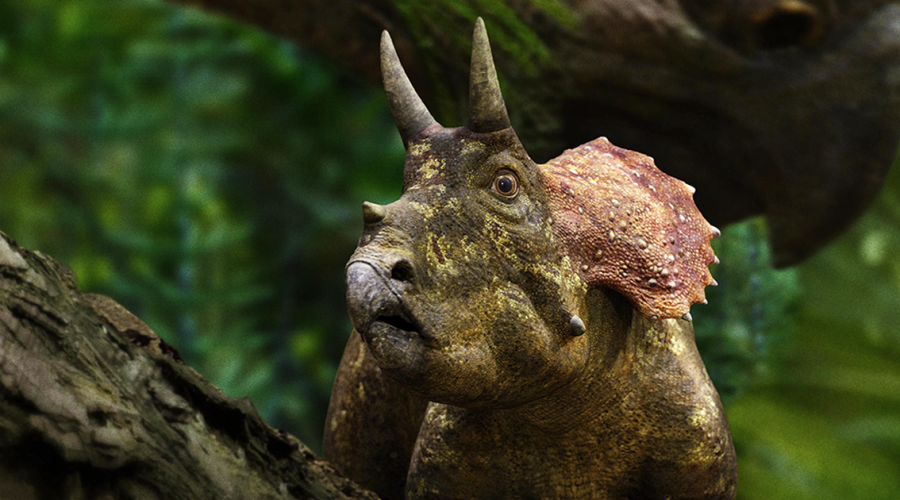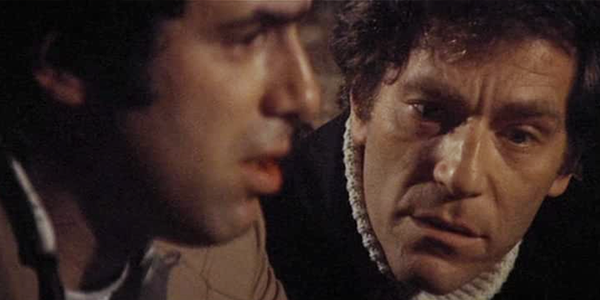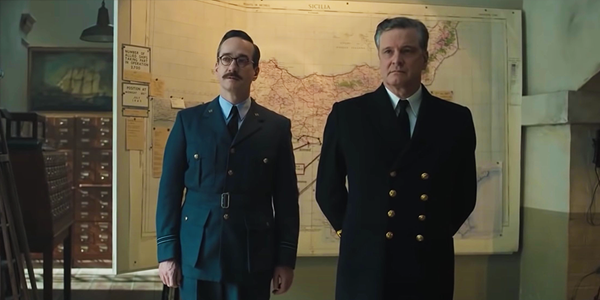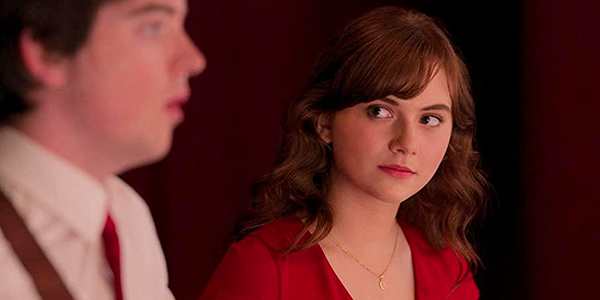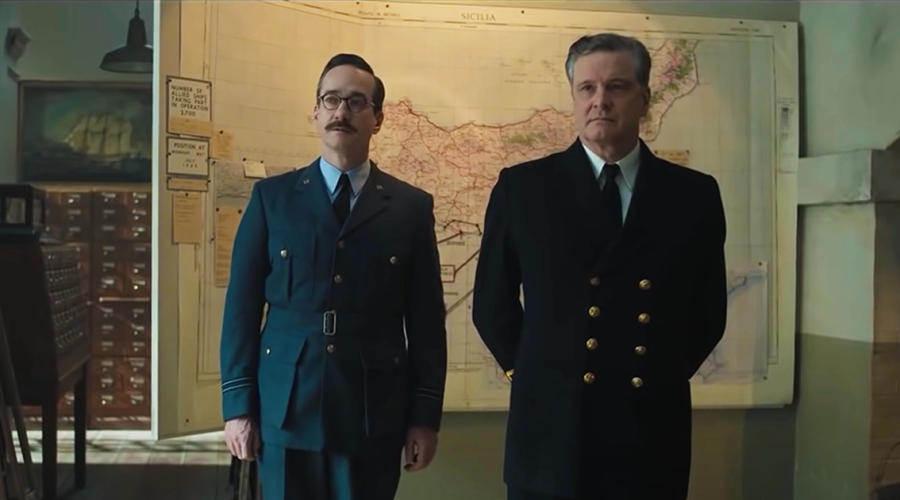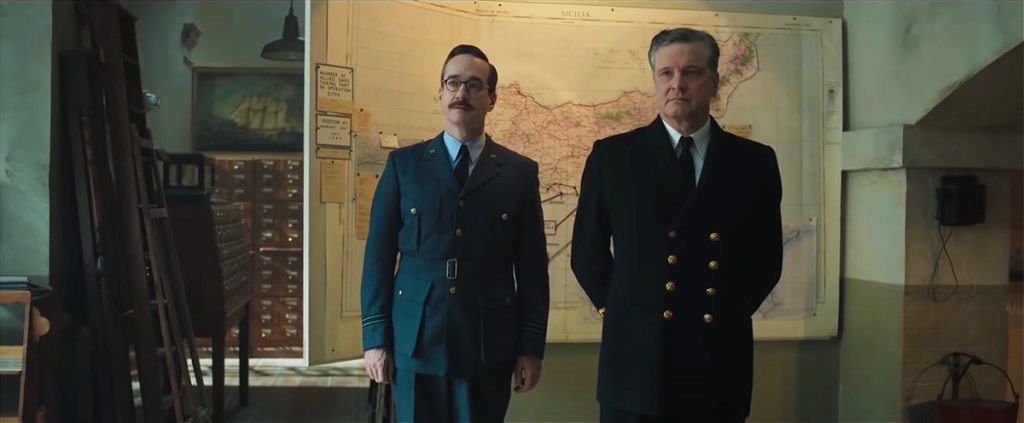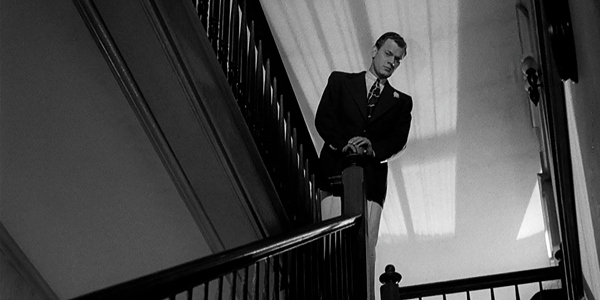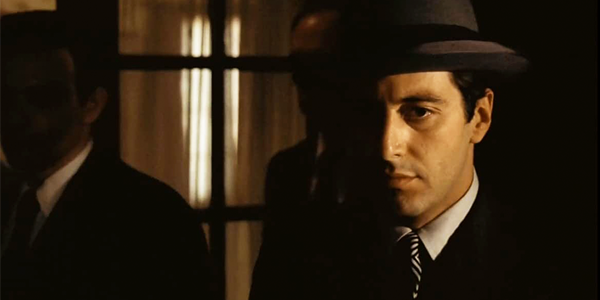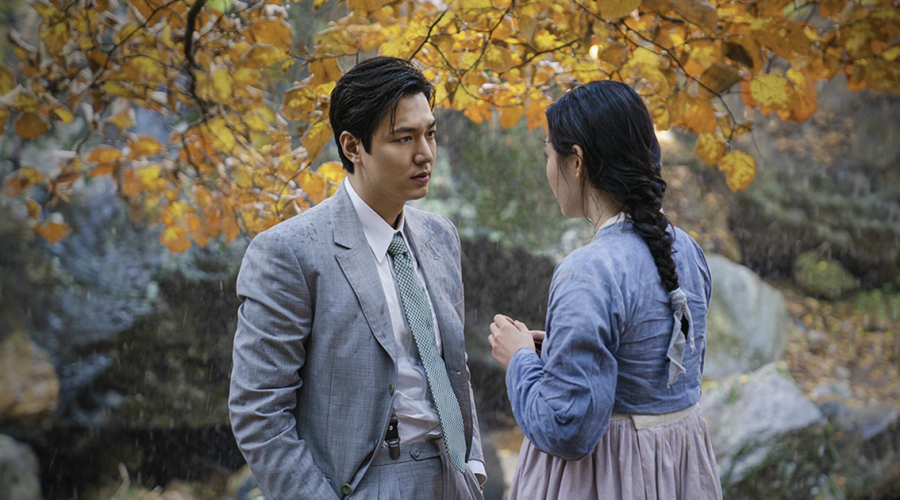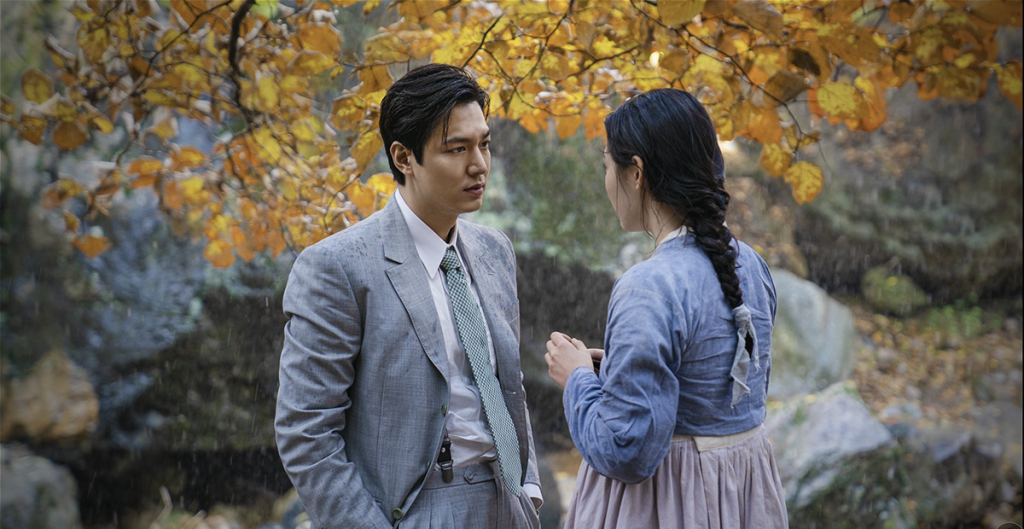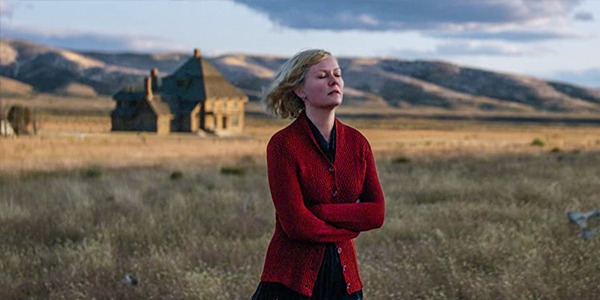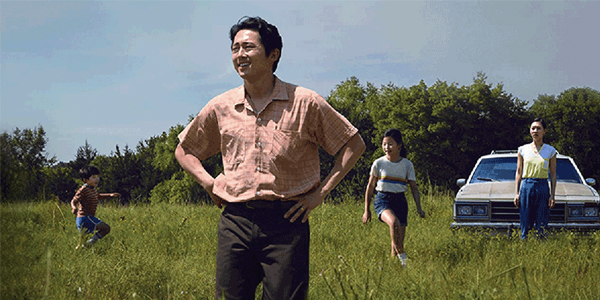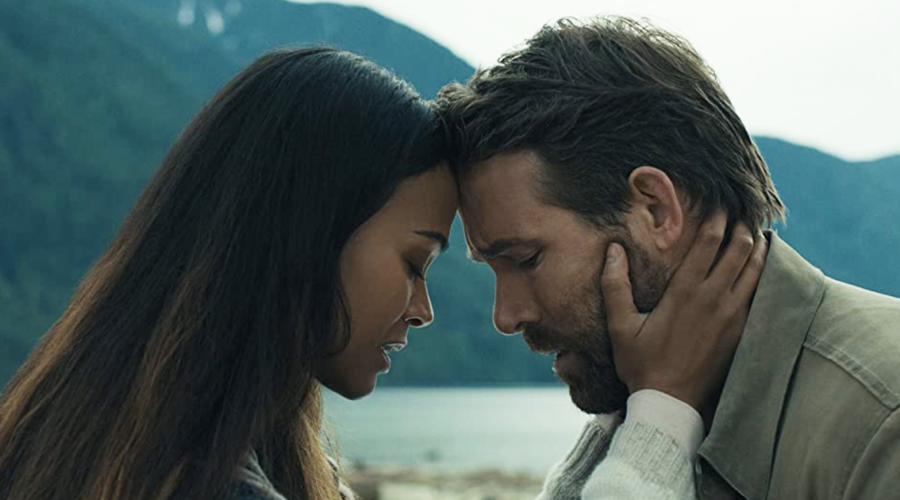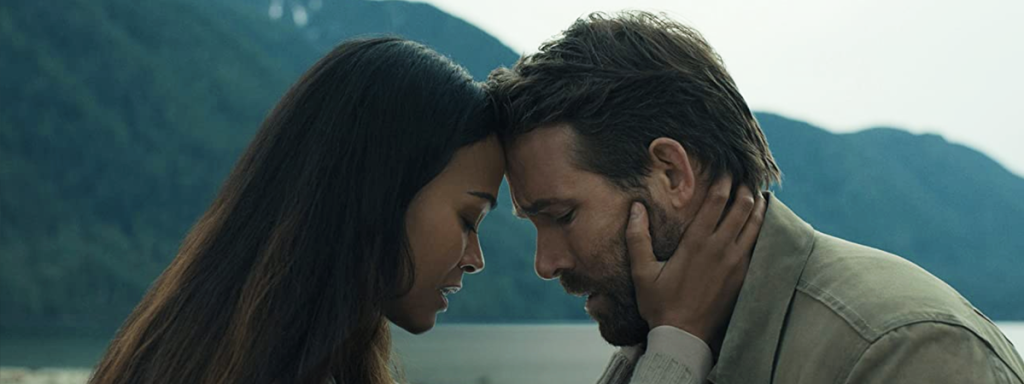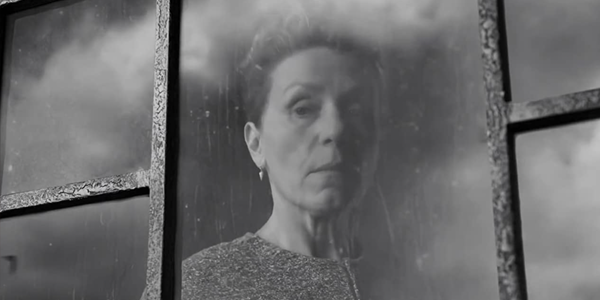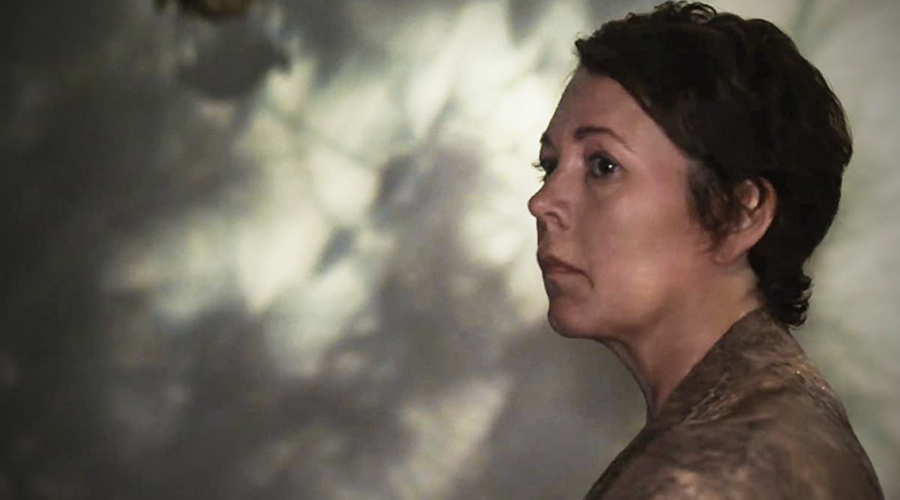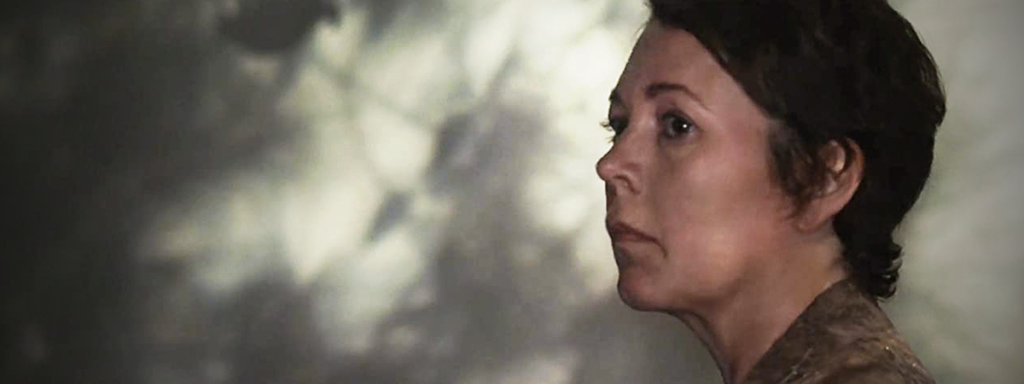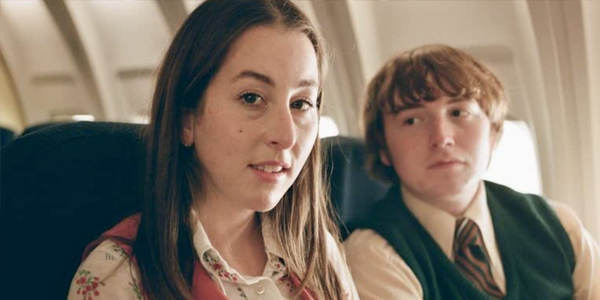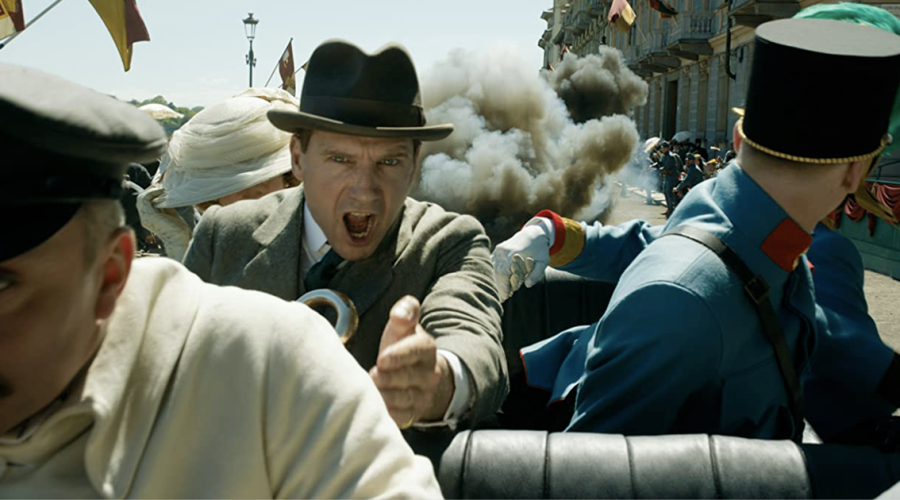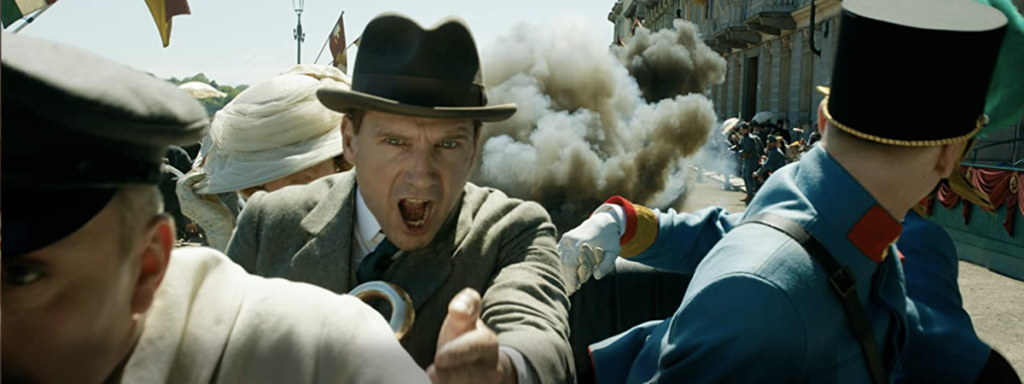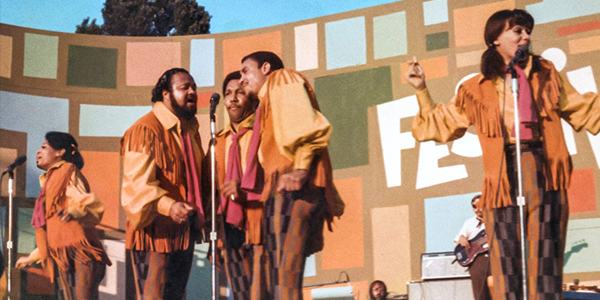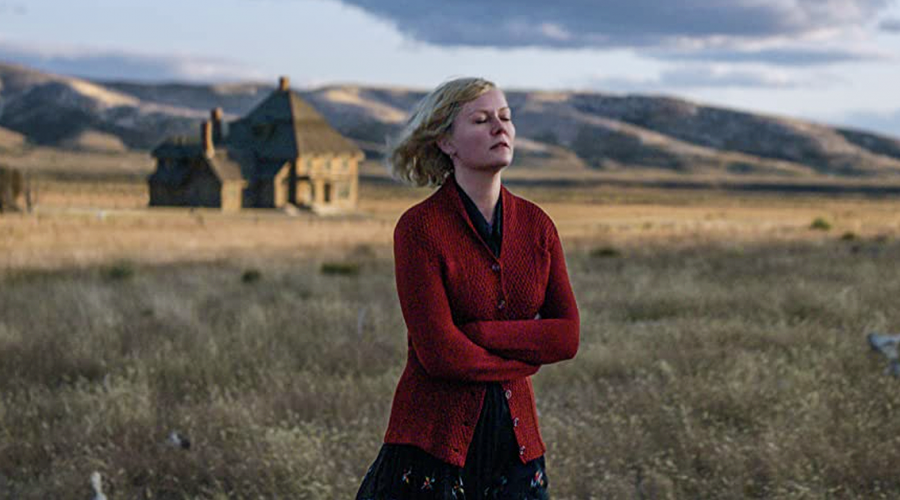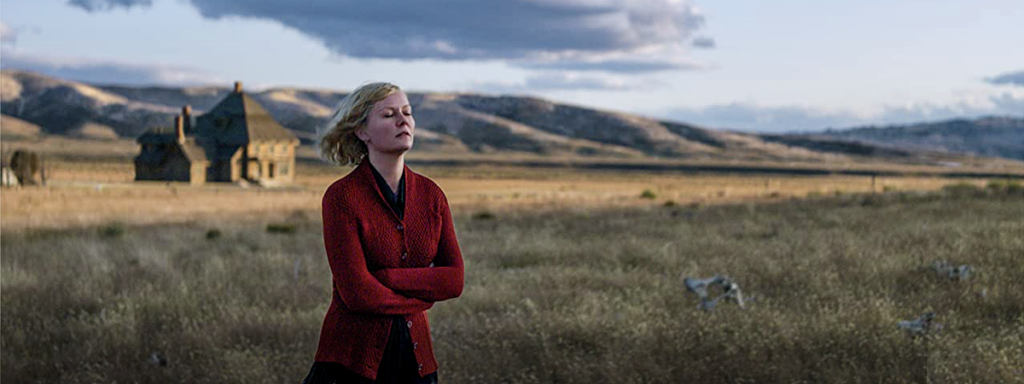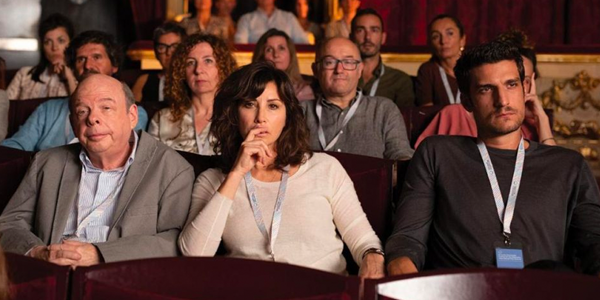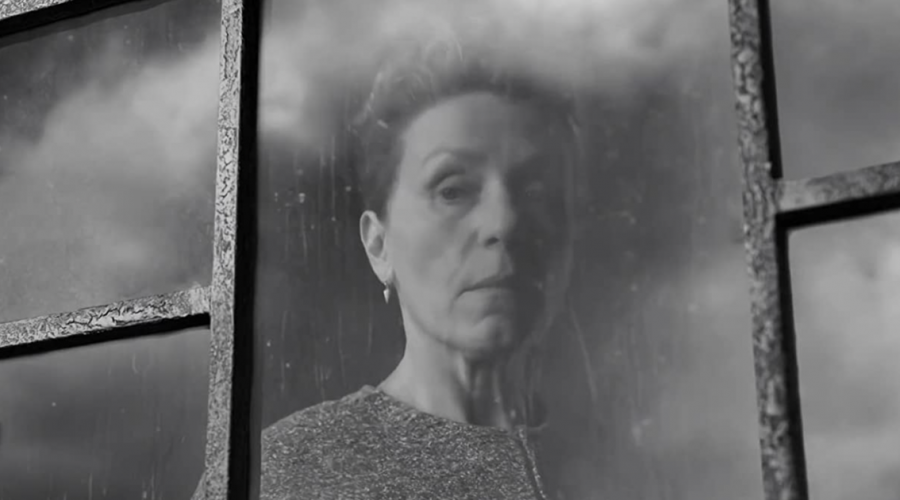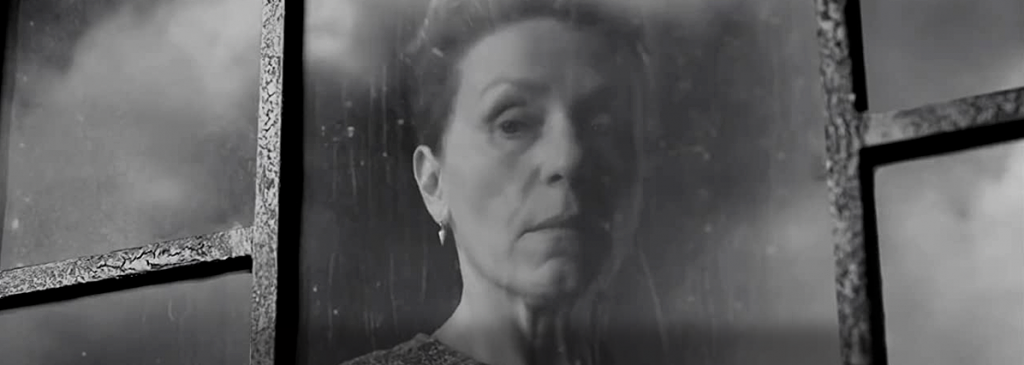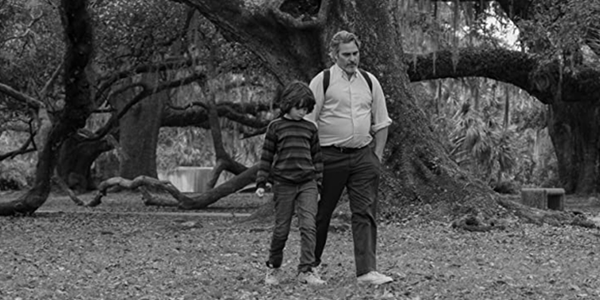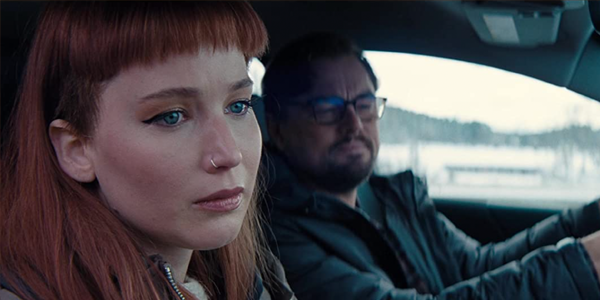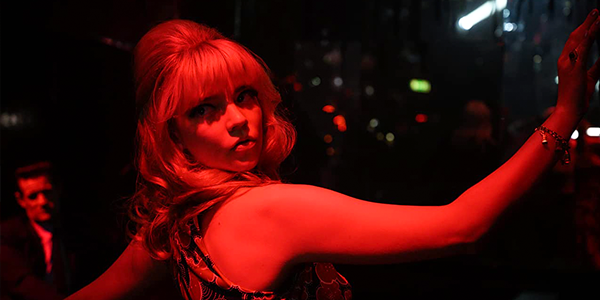Review: Prehistoric Planet

review | Prehistoric Planet
This Planet Earth-like documentary series uses stunning CGI to bring the world of the dinosaurs to life
by Roger Kanno
May 28, 2022
Apple TV+’s latest big-budget spectacle is Prehistoric Planet, a five-part nature documentary that debuted May 23 with a new episode available each day through May 27. With executive producers Jon Favreau and Mike Gunton attached to this BBC Studios Natural History Unit project, Sir David Attenborough providing narration, and Hans Zimmer, along with Kara Talve and Anže Rozman, composing the score, it doesn’t lack for high-powered creative talent to help it create buzz. Apple even hosted live premiere events at IMAX theaters in Los Angeles and London preceding the streaming release of the series, which they claim “will transport viewers 66 million years into the past to discover our world—and the dinosaurs that roamed it . . . in an epic week-long event.”
State-of-the-art CGI provides a glimpse into the world of dinosaurs in this BBC Planet Earth-like series. While I’m not sure I would characterize it as an epic week-long event, it is extremely well made, will appeal to those who enjoy natural-history documentaries, and is especially family-friendly. Each episode is based on a particular habitat, with titles such as “Coasts” or “Deserts,” and tells humanizing stories about the different species of dinosaurs that inhabit them and their struggles to survive. The narrative is engaging and the information presented is said to be based on paleontological evidence, with the series managing to both educate as well as entertain.
The main reason to watch Prehistoric Planet is to see the photorealistic renderings of the dinosaurs. The CGI was created by the Moving Picture Company, which has worked on myriad other projects including collaborating with Favreau on The Jungle Book and The Lion King, winning Visual Effects Oscars for both. The DolbyVision HDR presentation is absolutely breathtaking at times. The manner in which light reflects off the scaly skin of the creatures in closeups is stunningly realistic. There are also dinosaurs with fur or feathers with similarly fine levels of detail present. Colors are not over-the-top saturated and are actually a little muted; even so, they look very natural even though the visuals may be computer generated. Not all of the shots in Prehistoric Planet are CGI but the animation is so lifelike it’s difficult to tell where the occasional live-action shots have been incorporated.
The camera angles change within scenes, and background and foreground objects move in and out of focus, providing a more realistic viewpoint of this artificially created world. The motion of the creatures is also incredibly smooth and natural. As gigantic Dreadnoughtus males clash in a display for mates, the movement in their legs and long necks looked exactly how I would imagine such enormous creatures to move. Every rippling muscle under their leathery skin and the unified motion of their entire bodies as they methodically shift their massive weight was perfectly captured. One of the few times my disbelief wasn’t totally suspended was during an underwater scene where the rapid swimming motions of a predatory Kaikaifilu looked a little too choppy. Otherwise, I was constantly in awe of the spectacular visuals.
While the visual presentation is nearly flawless, the Dolby Atmos soundtrack is not as stellar. This is a nature documentary so I didn’t really expect massive, room-crushing T-Rex foot stomps, but a bit more volume and drama at times would have been welcome. The surround and height channels are used sparingly, such as during underwater scenes, to provide a subtle sense of envelopment. However, in forest scenes or even shots taking place in caves, there is little sense of surround ambience, with much of the sound anchored to the front channels. The music score is well-recorded but is presented at fairly moderate levels with very few rousing crescendos to enhance the onscreen action.
If you’re looking for heart-pounding, Jurassic Park-like thrills, you’ll have to look somewhere else. However, the five episodes of Prehistoric Planet do manage to deliver quality, family-oriented entertainment with fantastic visuals.
Roger Kanno began his life-long interest in home cinema almost three decades ago with a collection of LaserDiscs and a Dolby Surround Pro Logic system. Since then, he has seen a lot of movies in his home theater but has an equal fascination with high-end stereo music systems. Roger writes for both Sound & Vision and the SoundStage! Network.
PICTURE | The DolbyVision HDR presentation is absolutely breathtaking at times, with colors looking very natural even when the visuals are computer generated
SOUND | The Dolby Atmos soundtrack doesn’t rise to the level of the visuals. You don’t expect room-crushing T-Rex foot stomps in a nature documentary but a bit more volume and drama would have been welcome.
© 2025 Cineluxe LLC
